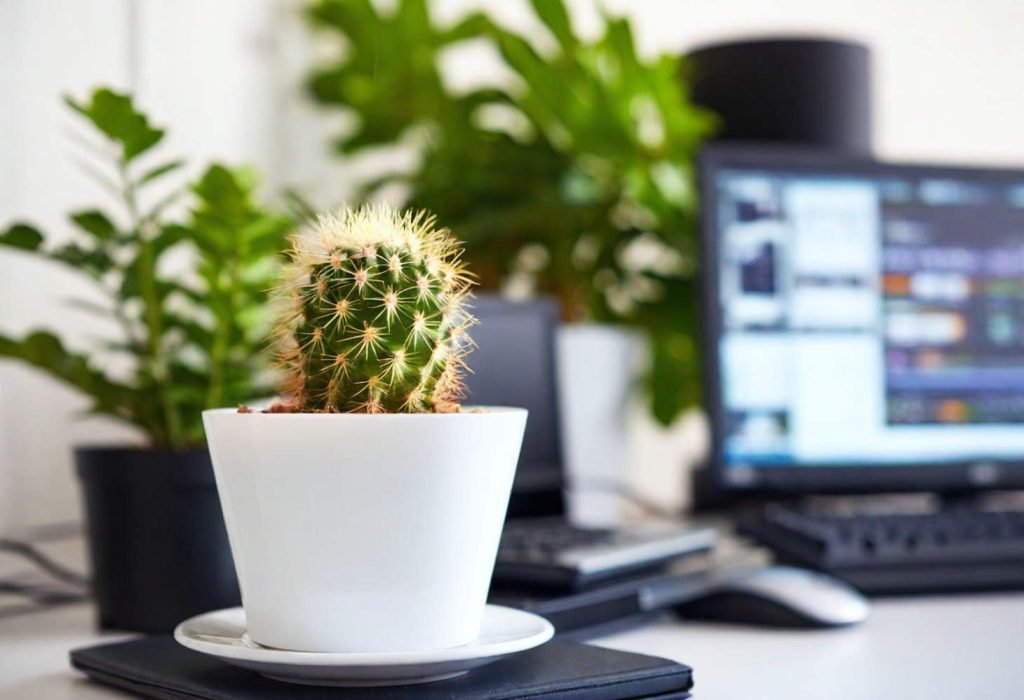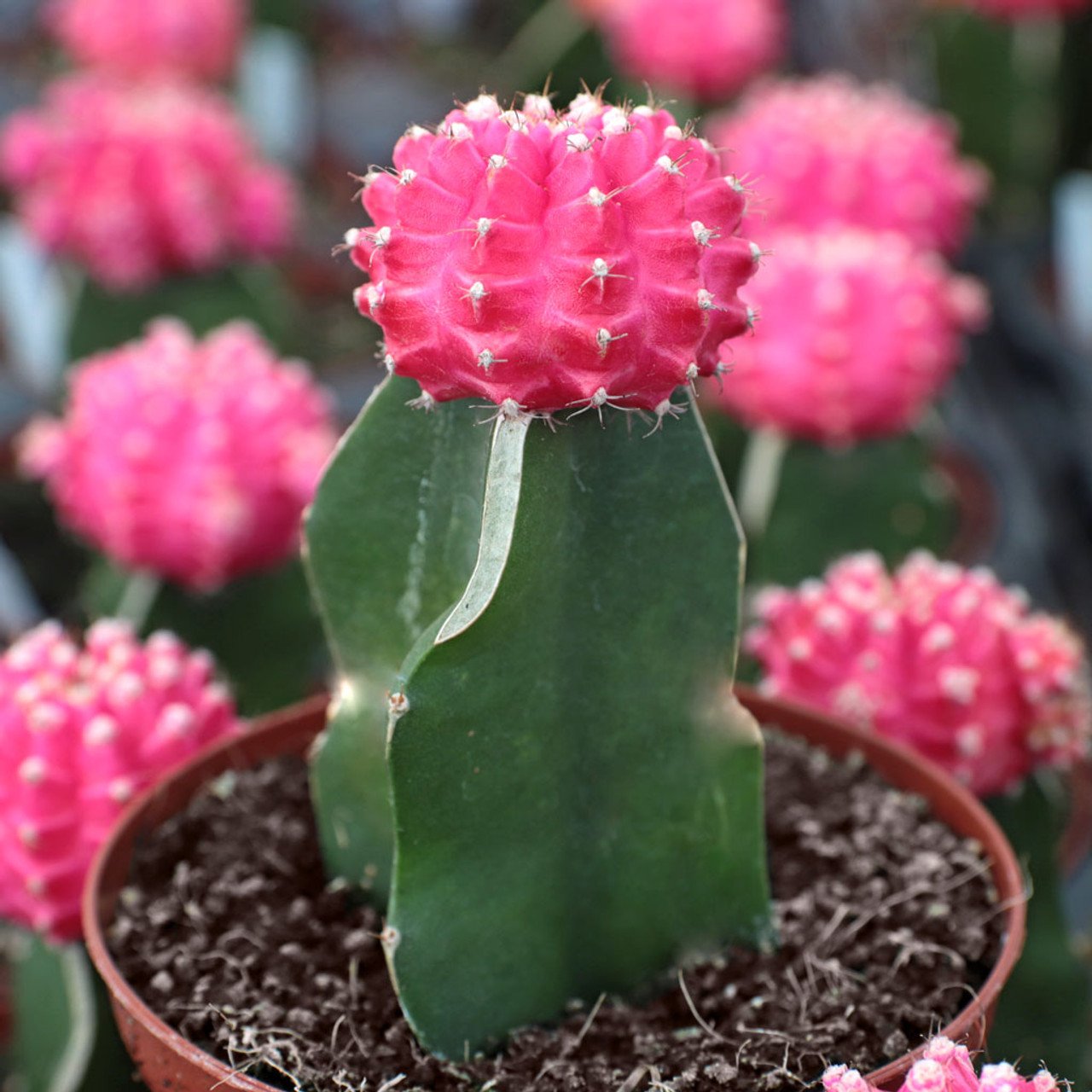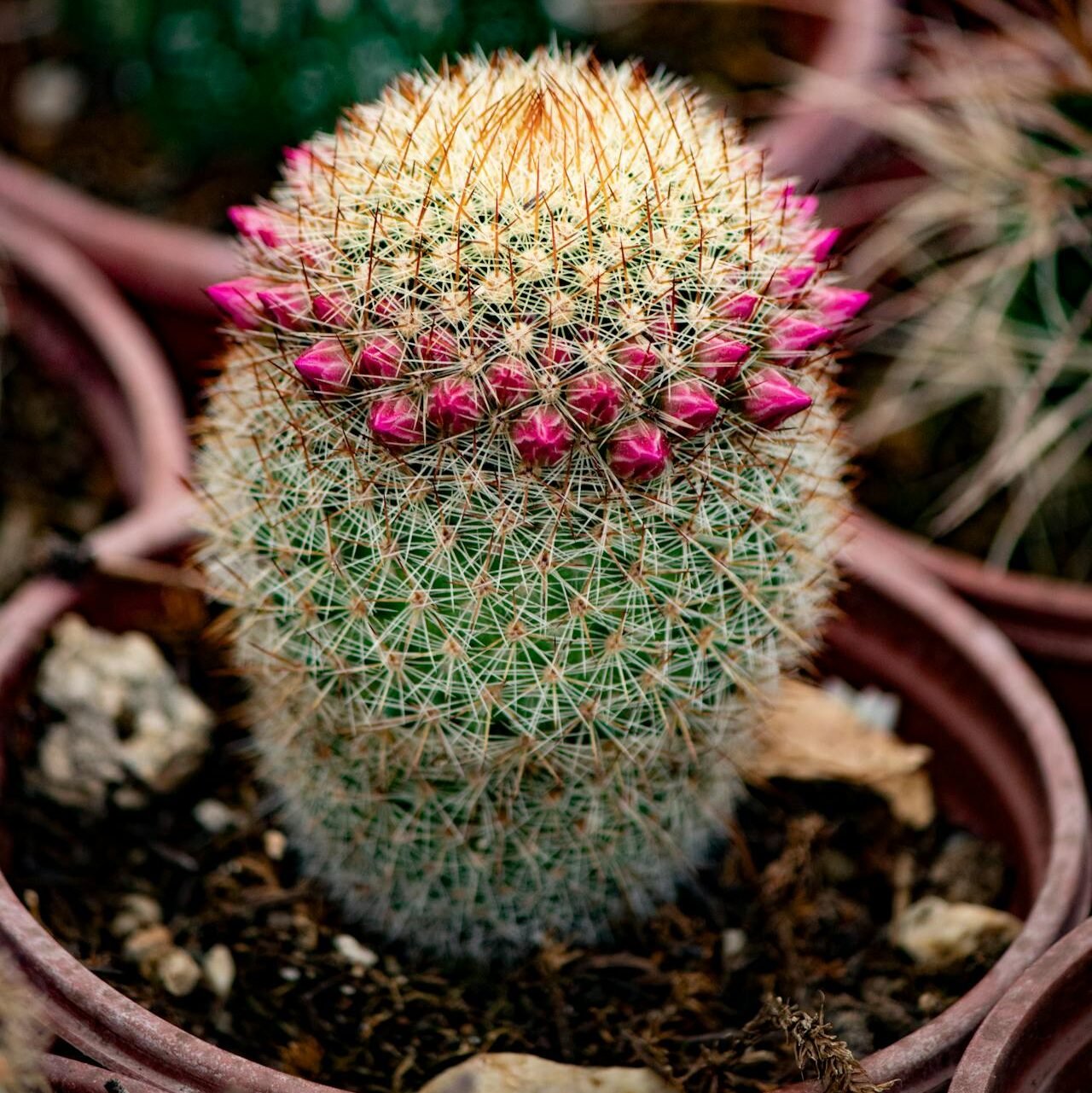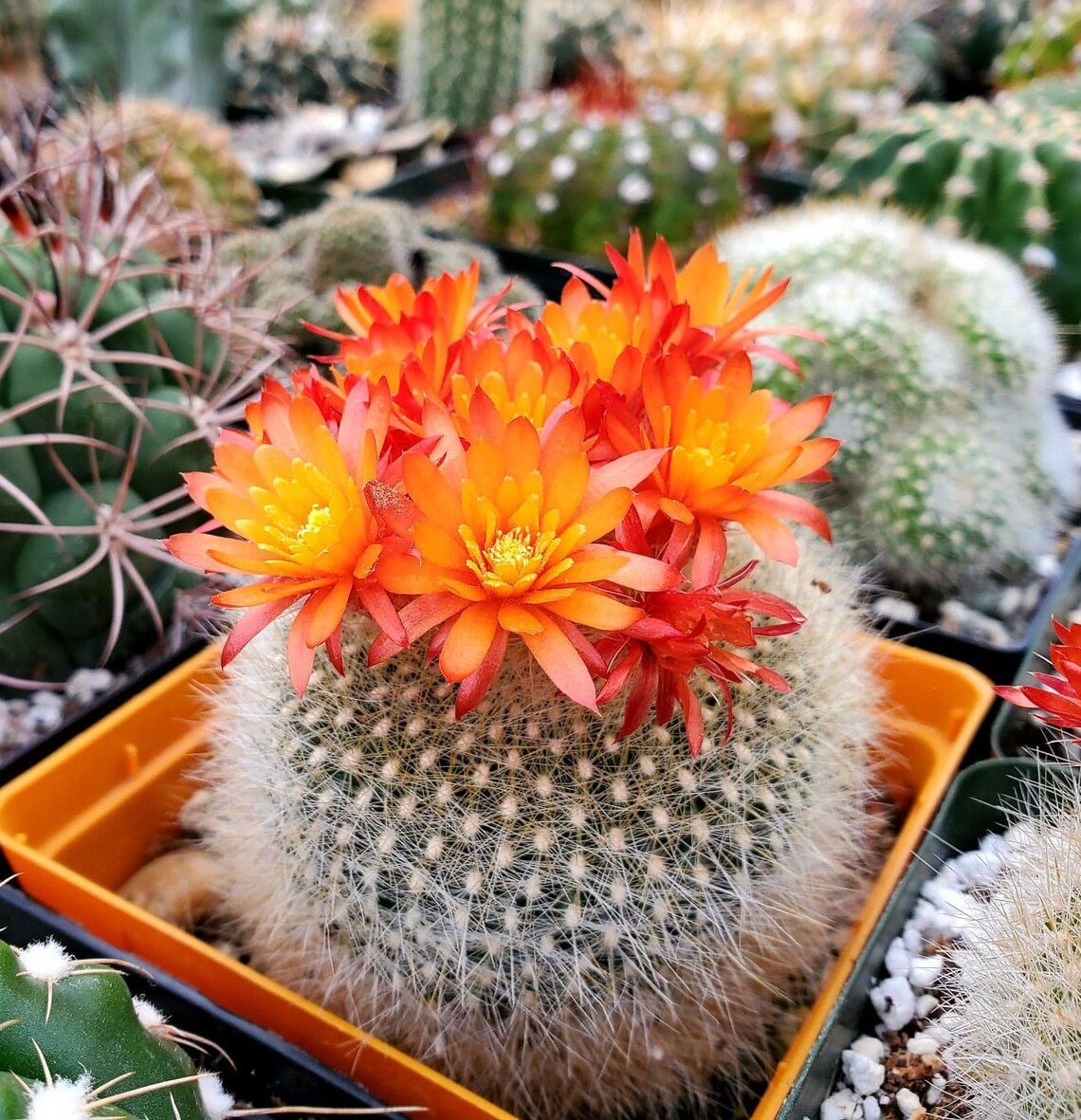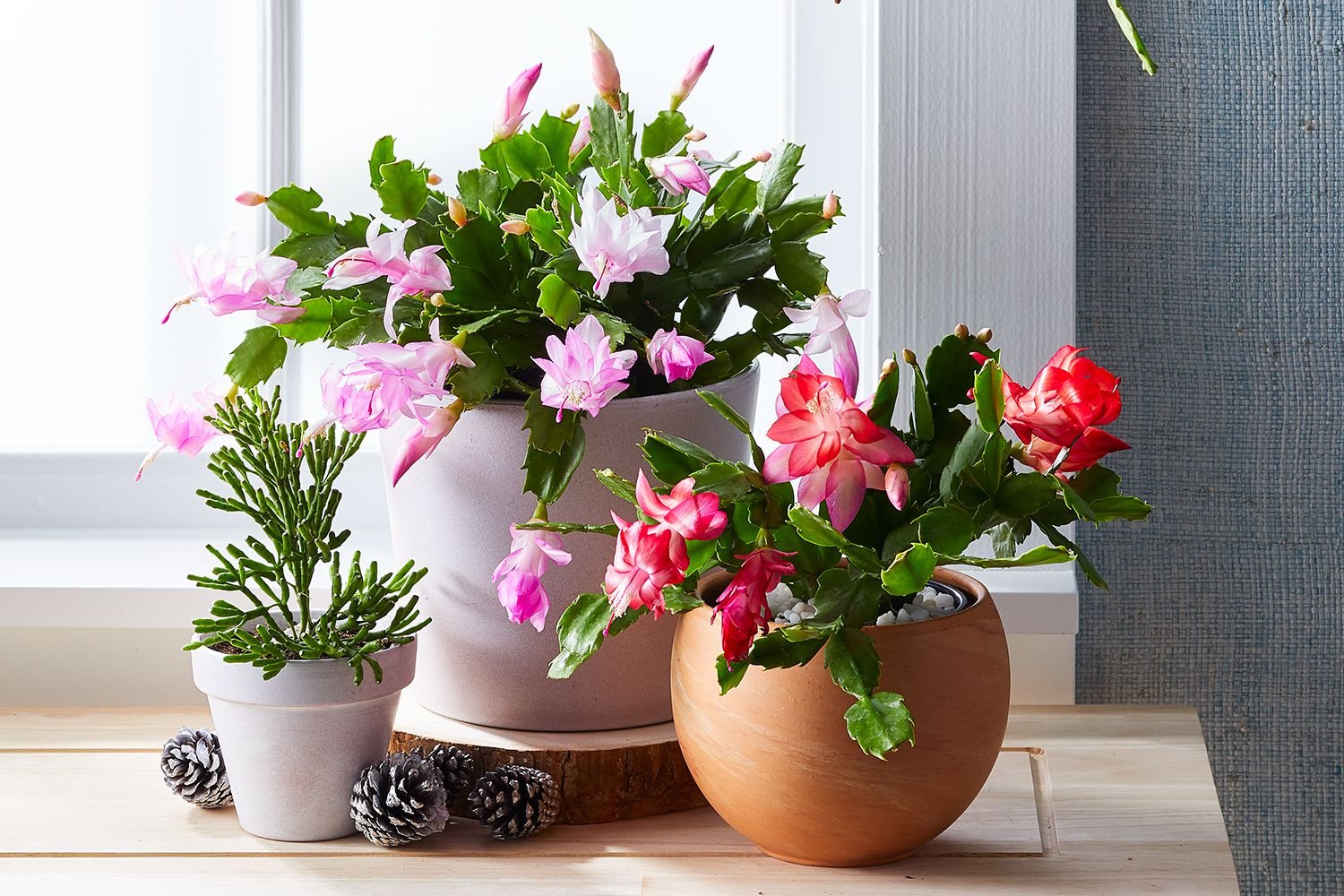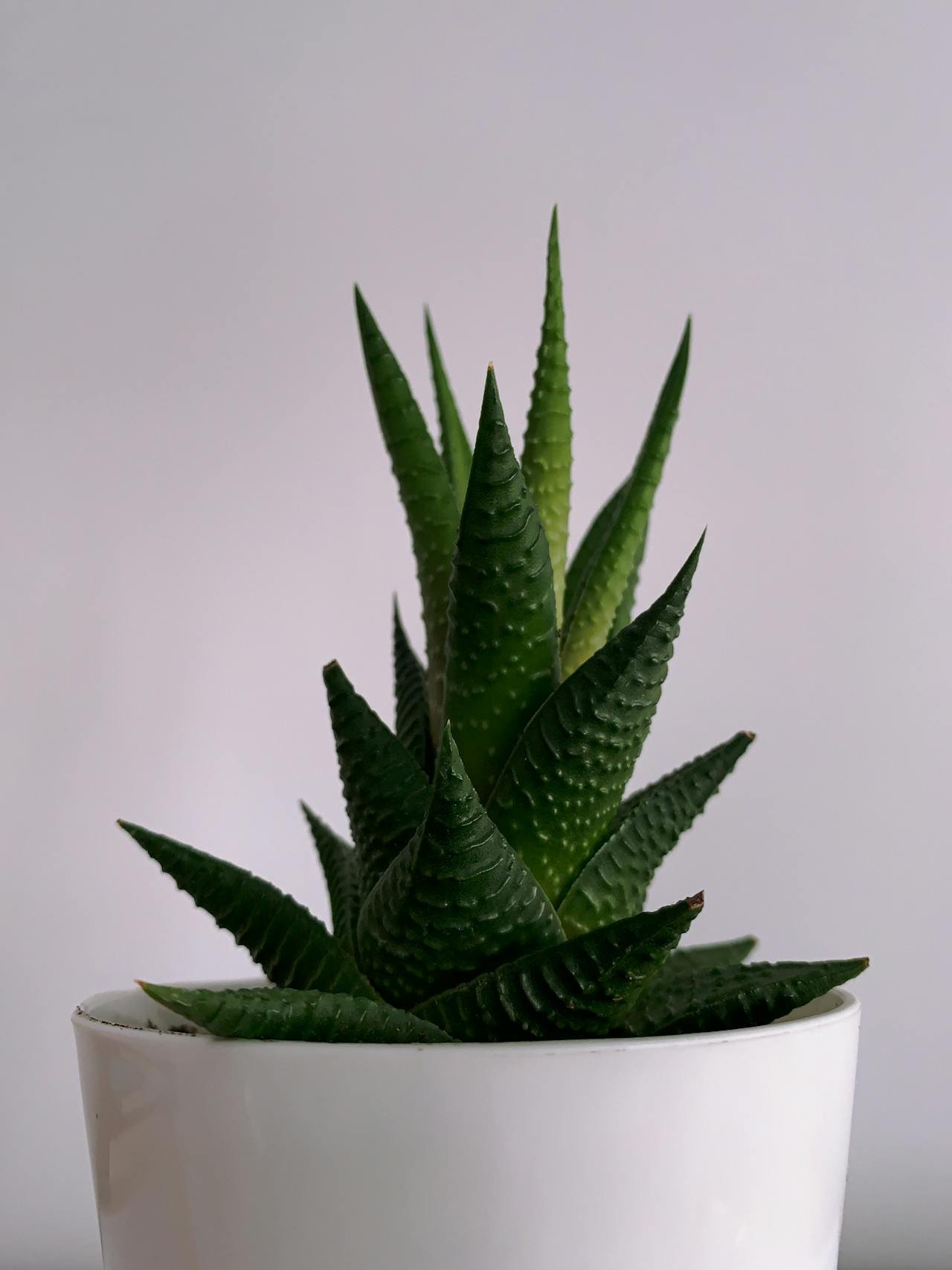Cacti are known for their resilience, striking appearance, and minimal care needs, making them a popular addition to office workspaces.
However, when placed in air-conditioned environments—where temperature and humidity levels differ significantly from natural conditions—cactus care requires a more thoughtful approach.
In this guide, we’ll explore how to help your cactus not only survive but thrive in an air-conditioned office space.
Understanding the Office Environment
Most modern office spaces are maintained at cooler, drier temperatures due to air conditioning systems.
While humans may find these conditions comfortable, cacti—especially those originating from desert environments—can experience stress if their care is not adapted.
- Air conditioning reduces humidity, causing the surrounding air to become excessively dry.
- Constant airflow can increase evaporation from the soil and the plant itself.
- Lighting indoors is often insufficient, particularly in centrally located desks without natural sunlight.
Understanding how these factors impact your cactus is key to adjusting your care routine effectively.
Choosing the Right Cactus Species
Not all cacti are equally suited for indoor office life. Some varieties adapt better to low-light, low-humidity environments typical of air-conditioned offices.
Here are a few ideal species:
- Moon Cactus (Gymnocalycium mihanovichii): Small and colorful, thrives on desks with indirect light.
- Mammillaria: Known for its small size and tolerance to lower light.
- Parodia: Adapts well to indoor conditions and produces charming yellow blooms.
- Schlumbergera (Christmas Cactus): Prefers cooler indoor temperatures and tolerates filtered light.
- Haworthia (often confused with succulents): Not a true cactus but often used as one in office settings due to its adaptability.
Choosing the right cactus reduces the amount of adjustment and stress for the plant, especially when grown indoors.
Light Requirements
Proper lighting is essential for any cactus, even those in an air-conditioned office. Unfortunately, many office spaces lack adequate natural sunlight.
- Bright, indirect light is best for most indoor cacti. Placing the cactus near a window is ideal.
- If natural light is minimal, use a grow light for 8–10 hours per day to mimic natural conditions.
- Signs of poor lighting include stretching (etiolation) or pale, unhealthy growth.
Adjust the cactus’s position every few weeks to ensure even light exposure and to prevent lopsided growth.
Watering Practices
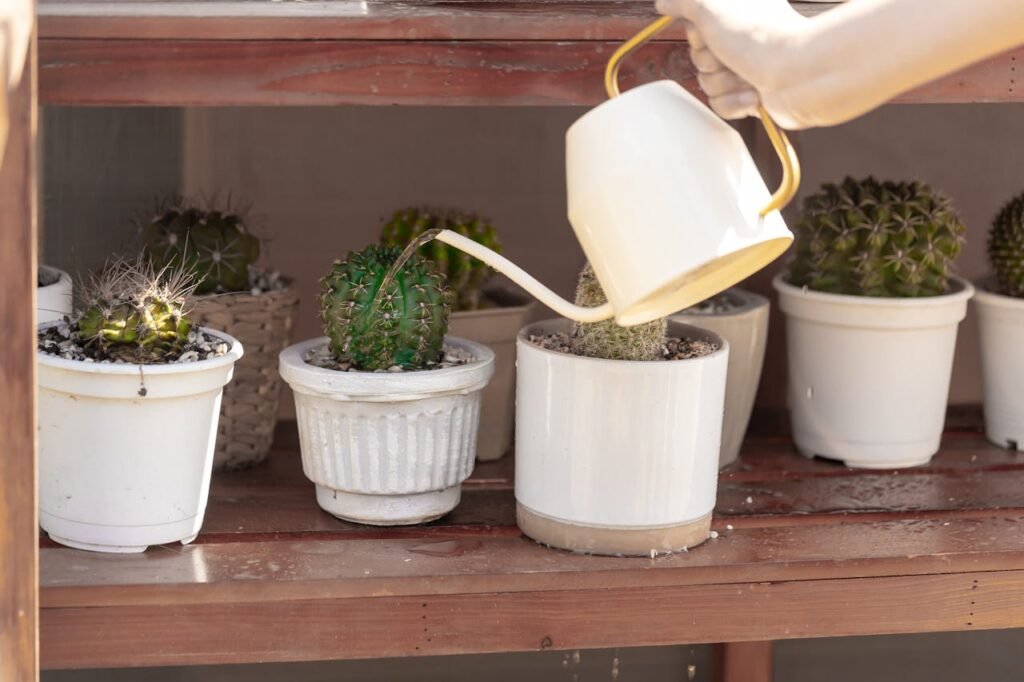
One of the most common mistakes with office cacti is overwatering—especially in an air-conditioned space where evaporation may vary.
- Check soil moisture before watering by inserting a toothpick or moisture meter.
- Water only when the top 2–3 inches of soil are dry; typically, every 2–3 weeks in office environments.
- Use the “soak and dry” method—water thoroughly, then allow the pot to drain fully.
- Avoid leaving the pot in a saucer with standing water. It can lead to root rot.
During the cactus’s dormant period (typically in winter), reduce watering frequency even further.
Soil and Potting Essentials

Soil and pot choice are critical for a healthy office cactus, especially when exposed to dry, cool air.
- Use a well-draining cactus mix. You can also make your own by combining regular potting soil with coarse sand and perlite.
- Opt for terracotta pots with drainage holes. These allow water to evaporate more easily, reducing the risk of root rot.
- Avoid glass or plastic containers unless they have proper drainage.
Repot your cactus every 1–2 years to refresh soil nutrients and accommodate root growth. Do this in spring or early summer for best results.
Temperature and Humidity Management
Air-conditioned environments often maintain a consistent cool temperature (18–22°C / 64–72°F) and low humidity.
- Most cacti can tolerate cooler temps but do not place them directly in front of AC vents.
- Consider using a humidity tray or nearby plants to raise moisture levels slightly if the air is excessively dry.
- Monitor for signs of stress, such as wrinkled skin or a withered appearance.
Cacti are naturally adapted to dry conditions, but the artificial airflow in offices can cause them to dry out too fast if not properly managed.
Fertilizing and Feeding
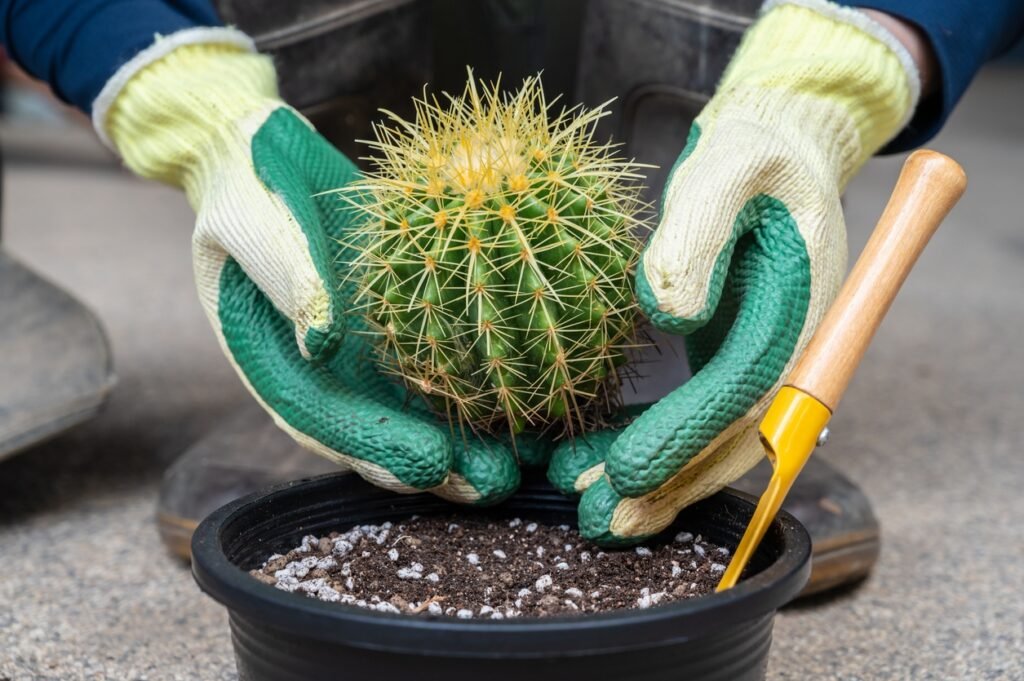
While cacti are low-maintenance, they still benefit from occasional feeding—especially in environments that lack natural stimuli like outdoor weather cycles.
- Use a diluted cactus fertilizer (low in nitrogen) once a month during the active growing season (spring through early fall).
- Avoid fertilizing during dormancy (usually winter) as growth slows down significantly.
- Liquid or water-soluble fertilizers are ideal for office cacti.
Over-fertilization can result in weak, leggy growth or salt build-up in the soil, so always follow the label instructions.
Seasonal Care Adjustments
In an office, seasons are often “invisible” due to constant climate control. However, your cactus still follows an internal rhythm.
- During spring and summer, cacti will actively grow. Provide slightly more water and feed monthly.
- In fall and winter, reduce watering, halt fertilizing, and allow the cactus to rest.
- If your office shuts down for long periods (e.g., holidays), it’s okay to leave the cactus unwatered—just water before you leave and make sure it’s not in direct AC flow.
Keeping a simple calendar reminder helps you stay consistent with care routines.
Placement and Office Setup Tips
Small tweaks in placement can significantly improve your cactus’s health:
- Avoid direct AC flow – air blowing directly onto your plant can dehydrate it.
- Use shelves, windowsills, or plant stands to raise the cactus closer to light sources.
- Place cacti on desks away from foot traffic to avoid accidental bumps or spills.
Also, adding decorative pebbles or a minimalist pot can enhance the aesthetics of your workspace.
Benefits of Cacti in Air-Conditioned Workspaces
Beyond their visual charm, cacti offer several practical benefits in office settings:
- Improve air quality by trapping dust and purifying toxins.
- Their calming presence helps reduce stress and mental fatigue.
- Low maintenance makes them ideal for busy professionals or forgetful caretakers.
- Enhance workplace aesthetics and align with biophilic design principles that promote well-being.
- Long-lived and symbolic of endurance—perfect for goal-oriented workspaces.
Common Problems & Solutions
Even in controlled environments, office cacti can face a few challenges:
| Problem | Cause | Solution |
|---|---|---|
| Soft or mushy stem | Overwatering or root rot | Reduce watering, repot in dry soil |
| Yellowing skin | Poor drainage or too much sunlight | Adjust watering schedule and move to filtered light |
| Stretching (Etiolation) | Insufficient light | Add grow lights or move closer to a window |
| White web-like spots | Mealybugs or spider mites | Wipe with alcohol or use insecticidal soap |
Regular checks help catch problems early and keep your cactus healthy and vibrant.
Sustainability and Eco-Friendly Angle
Cacti are one of the most sustainable plant choices for office spaces:
- They require minimal water, reducing your ecological footprint.
- They live long and don’t need frequent replacements like cut flowers or fussy plants.
- Their low-maintenance nature makes them ideal for reducing waste.
Plus, many companies today emphasize eco-conscious workspaces, and plants like cacti support that narrative beautifully.
Psychological Benefits in the Workplace
Studies in environmental psychology have found that having greenery like cacti in workspaces can:
- Boost mood and productivity
- Lower stress levels and anxiety
- Encourage creative thinking and focus
- Improve overall satisfaction with the workspace
Adding a simple cactus to your desk might make a bigger difference than you’d expect.
FAQs
Q: Can cacti survive in low-light, air-conditioned offices?
Yes, certain cactus varieties are adapted to low-light environments. Use grow lights if necessary to supplement natural light.
Q: How often should I water my office cactus?
Every 2–3 weeks, depending on light, temperature, and humidity. Let the soil dry out completely between waterings.
Q: Can I place my cactus under fluorescent lights?
Fluorescent lights can help, but for optimal growth, consider a dedicated full-spectrum grow light.
Q: What size cactus is ideal for desk use?
Smaller varieties (3–6 inches) are best for desks. They’re unobtrusive, easy to move, and manageable.
Q: Are cacti better than other office plants?
Cacti require less maintenance, are visually appealing, and are more tolerant of neglect—making them excellent office companions.
Final Thoughts
Caring for a cactus in an air-conditioned office is not difficult—it just requires the right adjustments and awareness of the environment.
By choosing the right species, managing light and water properly, and providing occasional care, your cactus can thrive even in a windowless, climate-controlled workspace.
Beyond aesthetics, these hardy plants bring emotional and environmental benefits, turning even the dullest desk into a miniature oasis. With the tips outlined in this guide, your cactus won’t just survive—it will flourish.
